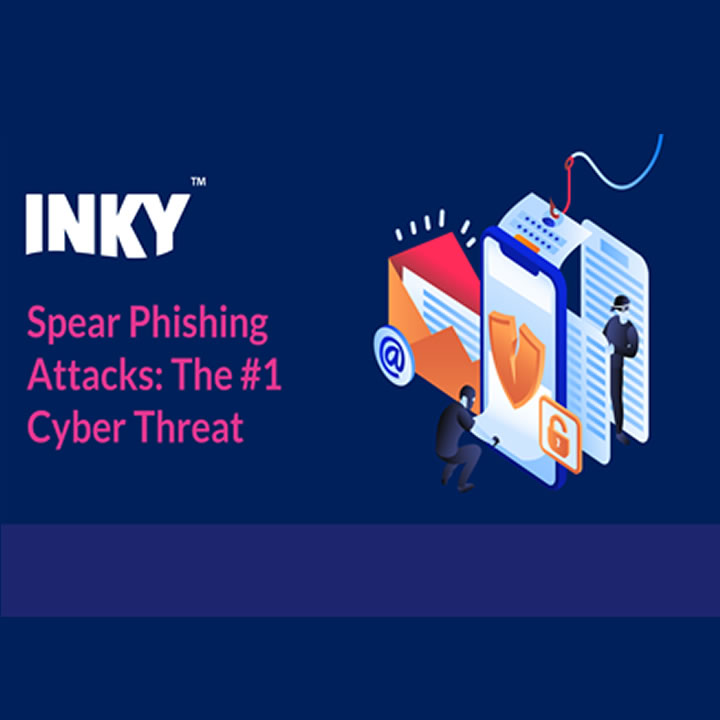Phishing is the process in which an attacker without an identity operates in the dark by sending fake emails to users. They impersonate known brands, businesses, and organizations and ask users to open a link, fill a form, download a file, etc. Once the user does as instructed in the email thinking it is from the original source, the attackers gain access to the system and personal information of the users. This information is used to drain the bank accounts of users for other malicious purposes.
Employees are more often targeted by the attackers as they can obtain access to not just to the personal information but also to the internal system of the enterprise they work for. This allows attackers to steal billions of dollars from enterprises. It has been found that the phishing attacks have doubled in the past two years, causing a sense of alarm to the top management. The traditional antivirus and security software are no longer effectively detecting and blocking phishing emails.
This is because phishing is now an organized crime where attackers work as a team to destroy the security system of enterprises. They are coming up with innovative and advanced ways to scam and dupe the employees. The enterprises need to counter the phishing attacks using a similar weapon. The next generation anti phishing software uses artificial intelligence and advanced technology that allows it to protect the system while being invisible to the attackers.
Spear phishing prevention takes the priority, followed by countering Zero Day attacks and blocking Business Email Compromise (BEC). For a layman, the terms might appear confusing. Phishing attacks follow the same modus operandi and seem similar, though there is a distinction between different types of phishing attacks.
Spear phishing is when an attacker sends an email impersonating as a trusted person in an enterprise such as the CEO, a senior executive, a vendor or supplier, or even a colleague. This means virtually every employee is at the risk of being scammed by spear phishing. The attackers start by gaining the trust of employees and convincing them in assuming that the emails are indeed from the said person and not the impersonator.
Then they ask the employees to send money, share confidential information about the enterprise, or ask them to download new software as a trial, or buy something online from the attached link. When the employee does as suggested, they unintentionally provide access to the attackers.
Antivirus software and spam filters miss spear phishing emails because they appear to be very real and authentic in tone and URL. Spear phishing prevention is possible by using the state-of-the-art technology where the URLs are not just compared to the existing ones in the database but are checked for suspicious code.
Computer vision is used to detect company and brand logos, determine where the email has originated from, and check where the URL or the link leads the employees to. This enables the software to see things which are often missed by the human eye and other software. When the codes are read and scanned, the hidden malicious content is identified and the email is blocked.
True machine learning is another concept used by anti phishing software to create a pattern with behavioral profiling. The email sending pattern of every employee is recorded and when an email claims to be from a particular employee, the pattern is compared and the source of the email is checked. This will show that the email originated from a different source and does not fit into the pattern.
Users are alerted using pop up banners that appear with each email. The banners are user-friendly informing them about why an email is suspicious, fraudulent or fake. The users can report the email with a single click on the banner. The email will be blocked and the status will be updated on the interactive dashboard provided to the management to keep track of the phishing emails.
The anti phishing software can be used with any of the email systems and can be deployed in an enterprise of any size and volume. There is no limit to the number of devices the software can protect.

